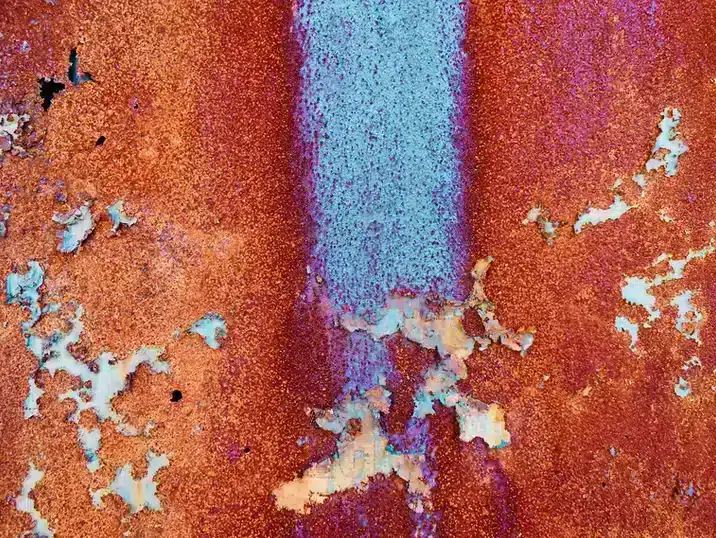The terms ‘ceramics’ and ‘pottery’ are often used interchangeably, and for good reason. Both involve working with clay to create objects that harden and become durable when fired in a kiln. But when should you use one term over the other, and what is the difference between them?
What is ceramics?
Ceramics is a broad term referring to objects made from clay or other inorganic materials that are hardened through heating. The word ‘ceramic’ comes from the Greek word keramos, meaning ‘pottery’ or ‘potter’s clay’. In practice, however, ceramics is an umbrella term that encompasses a wide range of objects and techniques.
Examples of ceramics include:
- Earthenware: These are objects fired at relatively low temperatures (around 1,000°C). Examples include flower pots and traditional tableware, such as tagines, that you might bring back from trips abroad.
- Stoneware: It is fired at temperatures of 1,200–1,300 °C, which makes it harder and less porous. Our tableware is usually made of stoneware clay. Many ceramic studios, particularly in Europe, predominantly work with stoneware.
- Porcelain: This refined type of ceramics is made from special clays, such as kaolin, and fired at very high temperatures (between 1,300 and 1,400 °C). Read more about porcelain here.
The field of ceramics is not limited to functional objects, such as tableware and tiles. The field also encompasses decorative artwork and sculptures, as well as technical ceramics used in industry, such as heat-resistant materials.

What is pottery?
Pottery is a specific technique within the broader field of ceramics. We understand it to mean the making of utensils such as pots, bowls, vases and bowls. Traditionally, pottery is associated with the use of a potter’s wheel, although other methods such as hand-building also exist. Hand-building involves working with rolls of clay, also known as the colombin technique or coiling. Other methods include assembling clay plates or squeezing the clay into shape, also known as pinching.
The essence of pottery lies in creating functional, often symmetrical, objects. The craft has a long history, dating back thousands of years. Many ancient civilisations, including the Greeks, Romans and Egyptians, used it to make everyday utensils.

The similarities between ceramics and pottery
Obviously, there are intersections between what you call ceramics and what you describe as pottery.
- Use of materials: Both disciplines use clay as their basic material. Whether the end product is a pot or a sculpture, the process starts with clay.
- Firing: Both ceramics and pottery require a firing process in a ceramic kiln to harden the clay and make it durable. The clay must be heated to a sufficiently high temperature for this to happen.
- Creativity and technique: Both crafts combine artistic expression with technical skill. Whether you are throwing a pot on the wheel or creating a complex ceramic sculpture, technical knowledge and an understanding of the basic materials are required.
The differences between ceramics and pottery
Although pottery is a type of ceramic, the two terms are not synonymous:
- Scope: Ceramics is a much broader term than pottery. As well as functional items such as dinnerware and vases, it includes art objects, tiles, and industrial materials. By contrast, pottery focuses specifically on making pots and utensils.
- Techniques: Pottery is often associated with the potter’s wheel, while ceramics encompasses a wider range of techniques, including hand-forming, casting techniques and sculptural work.
- Purpose: While pottery usually focuses on functional and symmetrical objects, ceramics can be purely decorative or artistic.

When do you use which term?
The meaning of the terms often depends on the context. A potter makes utensils and typically uses a potter’s wheel. Anyone involved in ceramics can make anything from sculptures to industrial pottery. However, it is important to remember that not all ceramicists are potters, but all potters are ceramicists.
Understanding the difference between ceramics and pottery can give you a better idea of the possibilities in the world of clay. For example, if you want to attend a workshop, it’s helpful to know whether you specifically want to learn pottery or if you are interested in broader ceramic techniques, such as sculpting or creating and using moulds.
Although closely related, ceramics and pottery are not the same thing. Ceramics is the broader term covering all aspects of creating, firing and finishing clay objects, whereas pottery specifically involves throwing on the potter’s wheel to make functional items. Both disciplines offer a unique combination of craftsmanship, technique and artistic expression.
No matter what form you choose, working with clay is a creative process that can be both relaxing and challenging. So, whether you are a beginner or want to explore other areas of ceramics, there is always something new to learn in this field! Will you dive into the clay with us? Take a look at our range of online courses here.







